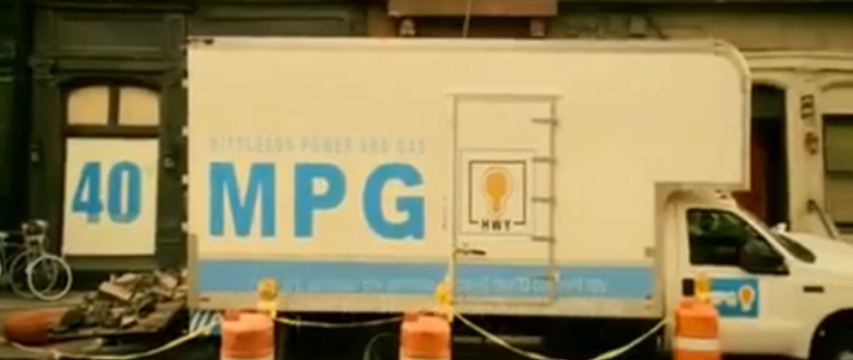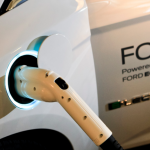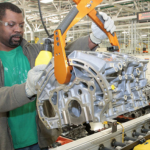
Coca-Cola tells us that drinking Diet Coke will keep us thin, but in reality the one-calorie soda has been directly linked to weight gain. Scientists have shown that the more we indulge in the diet-pop myth, the greater our waistlines expand.
Stop It! 5 Habits to Break for Better Gas Mileage
Should I Buy a Hybrid?
In the auto world, “40 mpg” is the new diet soda. Thirsting for better fuel economy, cash-strapped Americans are craving cars that can reach that “money-saving” figure. Automakers are offering to quench our thirst with more and more 40 mpg vehicles. But in almost every instance (with the Toyota Prius a rare exception), a 40-mpg vehicle will cost you more money in the long run than a comparable car with fuel economy in the 30s. The more we chase 40, the fatter our personal debts become.
One American automaker in particular loves to lure us with fordy . . . I mean, forty. Though I applaud Ford for making remarkable strides in fuel efficiency with its line of EcoBoost engines, I take issue with the spin doctors in the marketing department.
When Ford unveiled the 2011 Fiesta, elaborate commercials splashed 40 mpg on the screen. In one famous ad, street dancers hoisted signs that rejoiced: “40 mpg hwy” “=” “more” “movies” “tacos” “ballgames” “concerts” “dates” “=” “40” “miles per gallon” “=” “40” “more” “yoga classes” “MP3s.”
The problem is, the 2012 Ford Fiesta with manual transmission gets only 38 mpg on the highway and the automatic gets 39, according to the EPA (the source used for the mileage numbers you see in ads). To reach 40 mpg on the 2012 Fiesta, you have to order the Super Fuel Economy Package (SFE).
Here’s the deal: The base 2012 Fiesta sedan with manual starts at $13,200. To get 40 mpg, you are required to upgrade to the SE trim level (an extra $1,300), get automatic transmission ($1,095), and then add the Super Fuel Economy Package ($695). All told, that’s a $3,090 boost. And here’s the kicker: The 2012 Fiesta manual and automatic each get 33 mpg combined, according to the EPA—the exact same figure that the SFE gets! Yes, Ford can accurately claim 40 mpg on the Fiesta, but you’d be a moron if you bought that model.
I’ll cut Ford some slack for the 2012 Ford Focus sedan. Paying $495 for the Focus SFE gets you 40 mpg highway, 33 combined, which is 2 mpg combined over the Focus SE with automatic. Over 100,000 miles you’d just about break even, so that’s not a bad deal if you planned to buy an SE automatic anyway.
But Ford boasts of six other 40-mpg-or-better vehicles in its 2012/2013 lineups, all of which require you to take on a heavy financial burden. Here are three of them:
- 2012 Ford Fusion Hybrid: $28,600 ($8,750 over the base model)
- 2012 Ford Focus Electric: $39,200 ($22,560 over the gas-powered Focus base model)
- 2012 Lincoln MKZ Hybrid: $34,605 (a premium car that’s $14,755 over the base Fusion, on which the MKZ is based)
Also due for 2013 are the Ford C-MAX Hybrid, C-MAX Energi (gas/electric plug-in), and Focus Energi. Although no pricing has been announced for these vehicles, I bet you a Diet Coke that they won’t save you any money.



